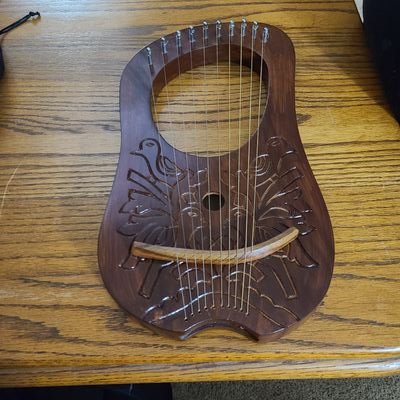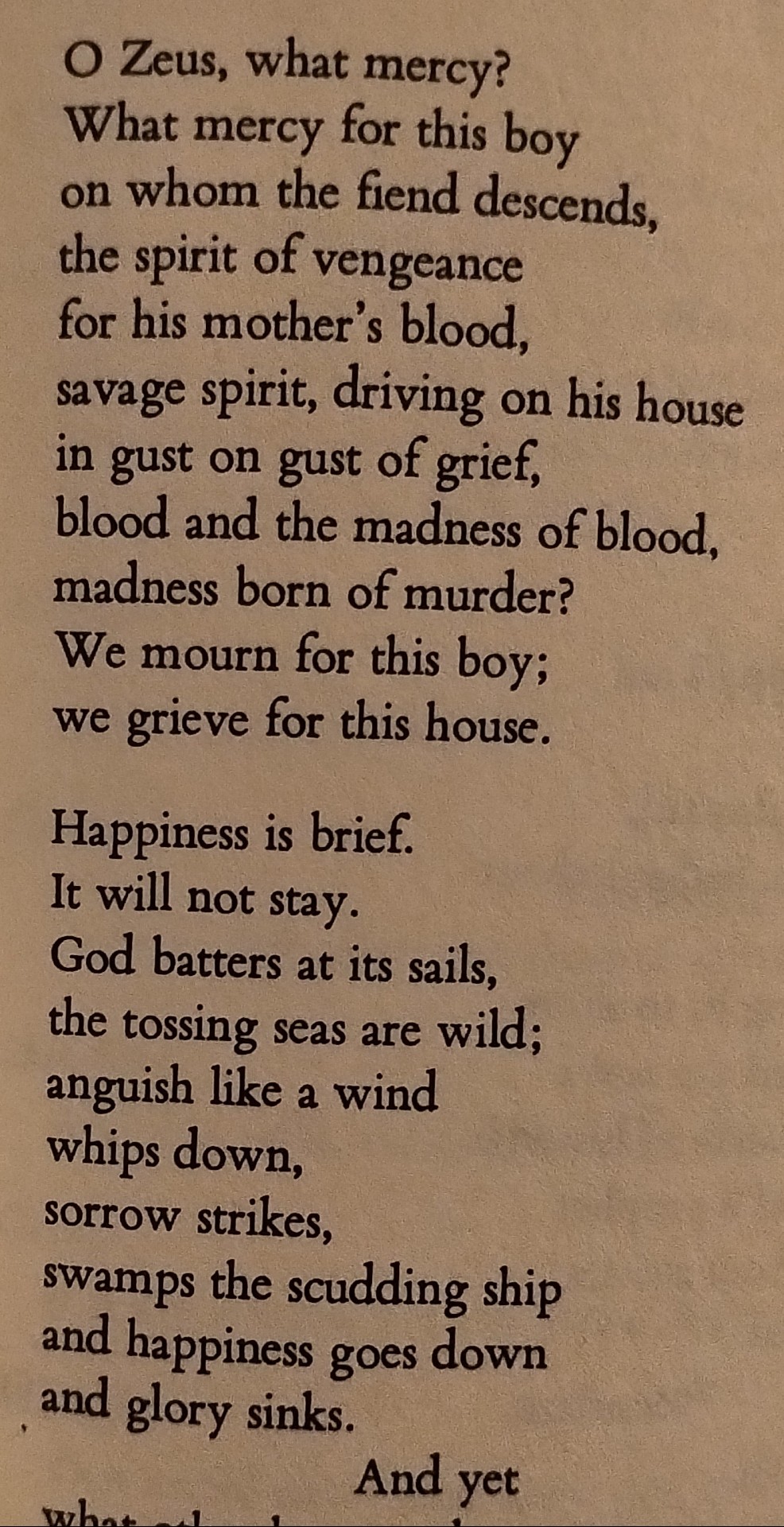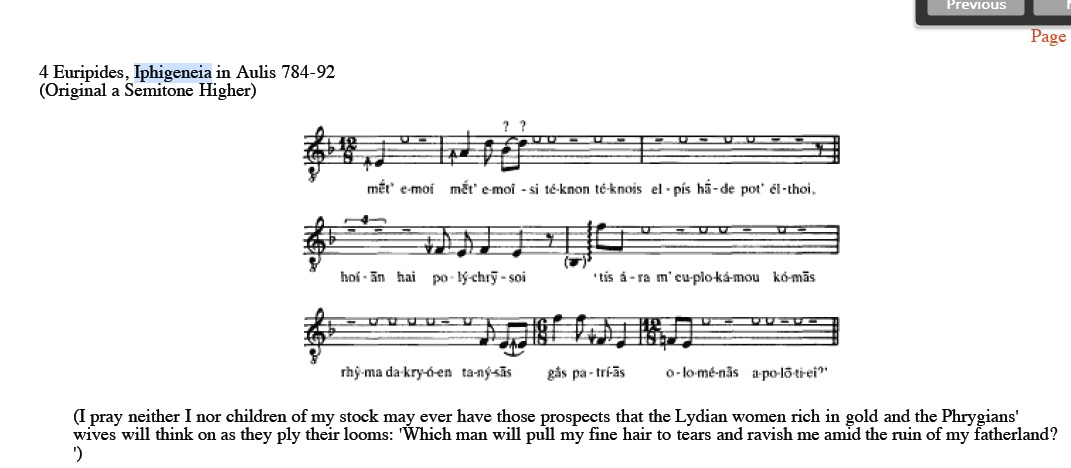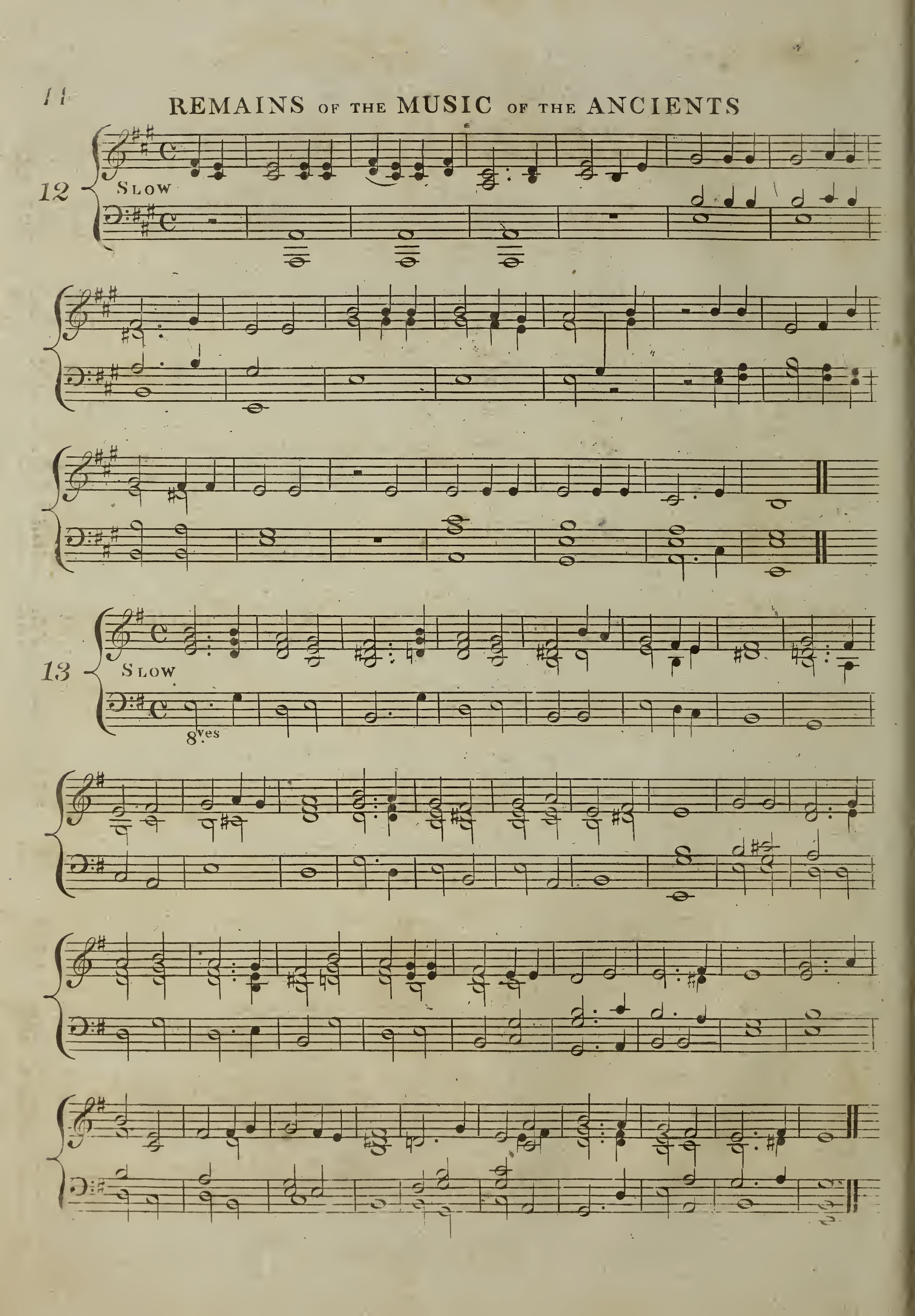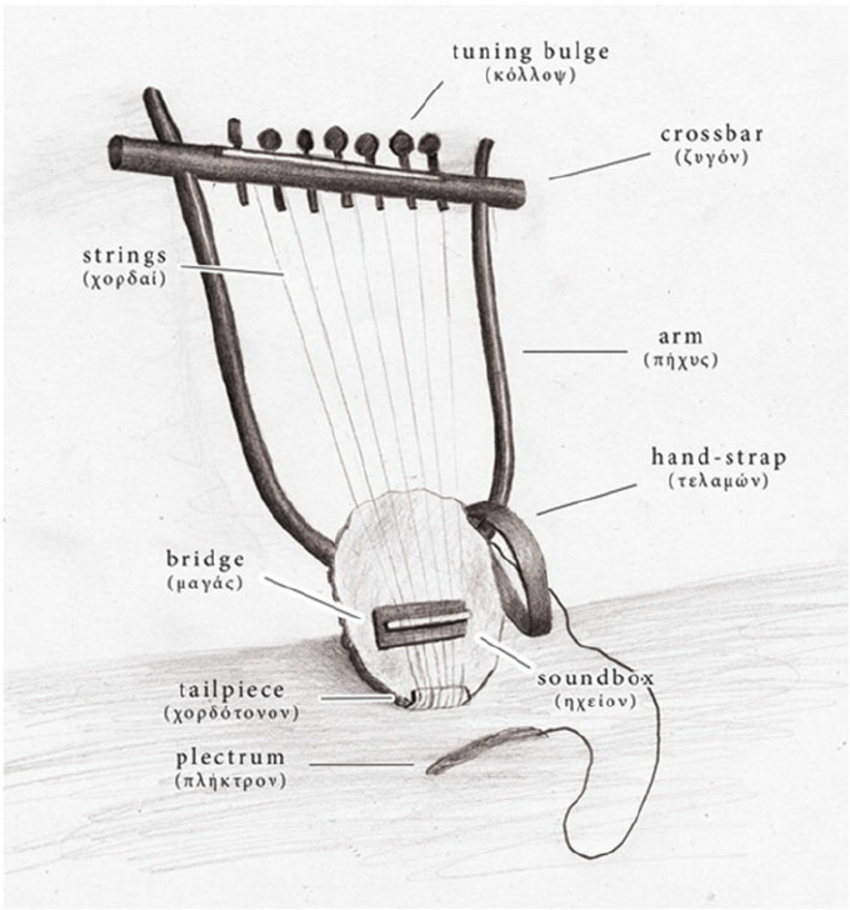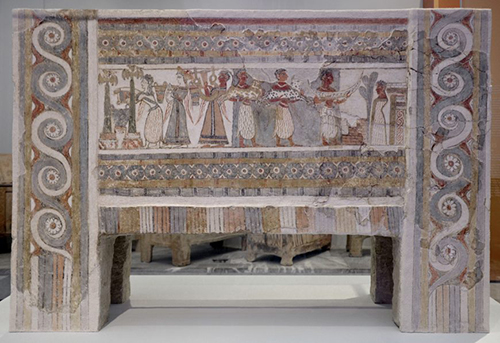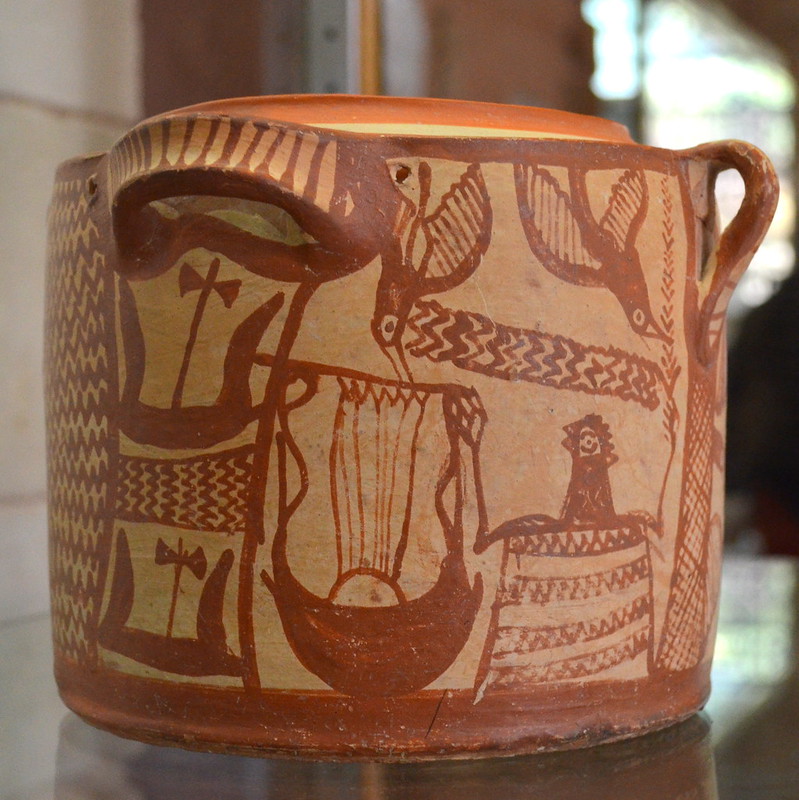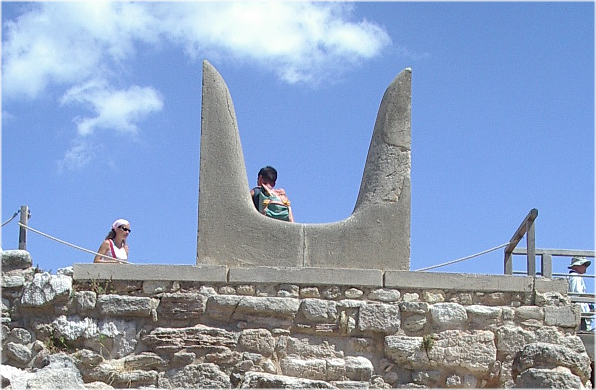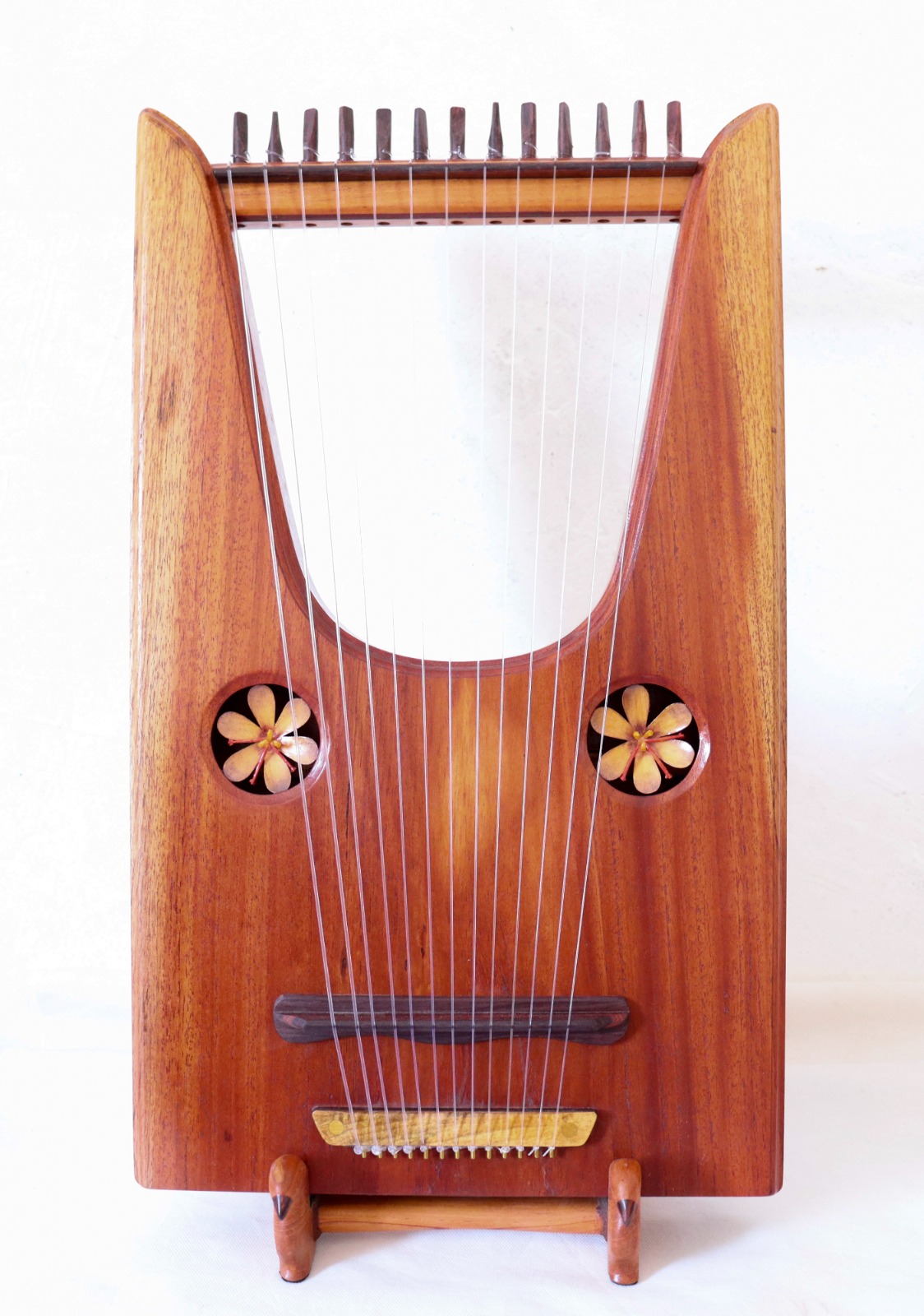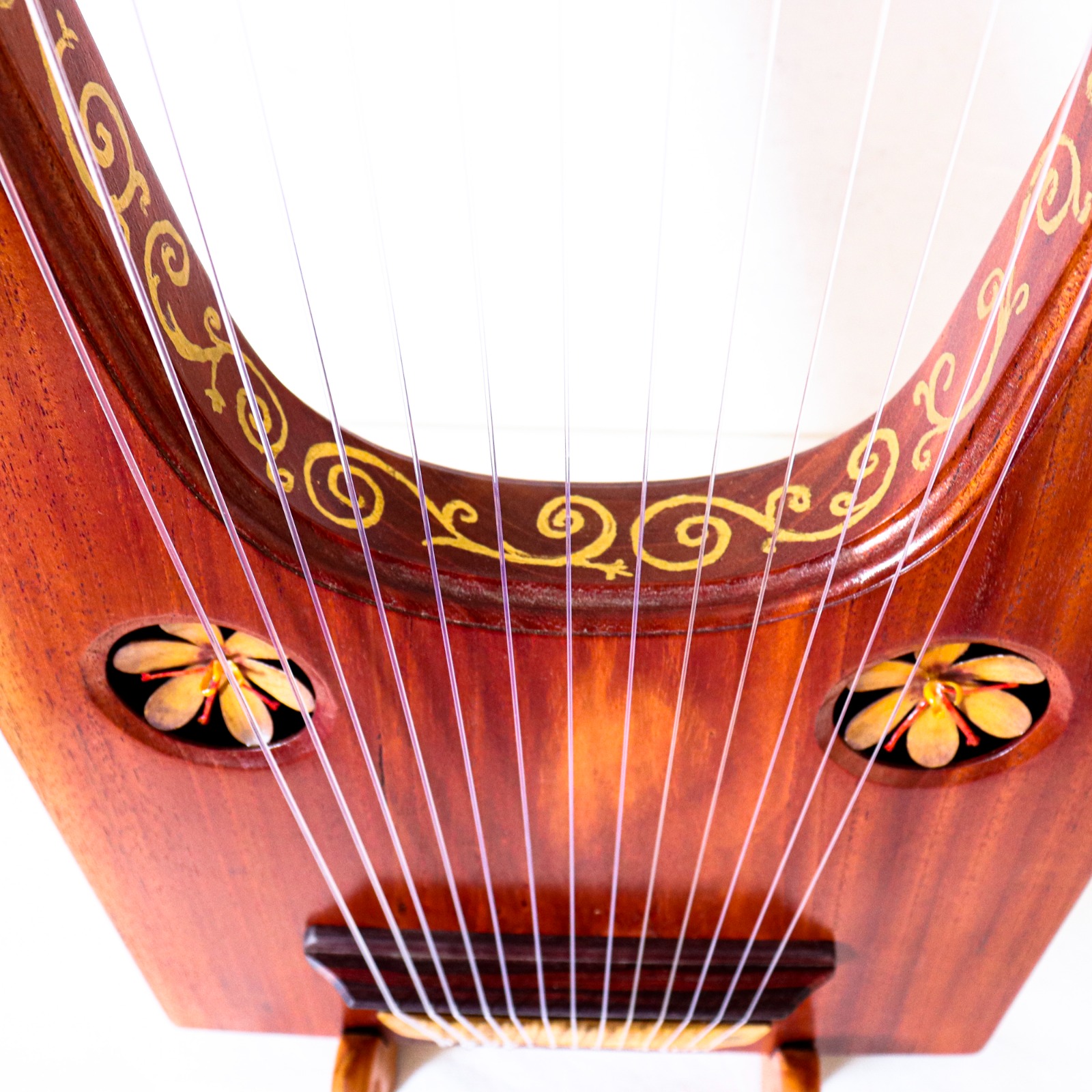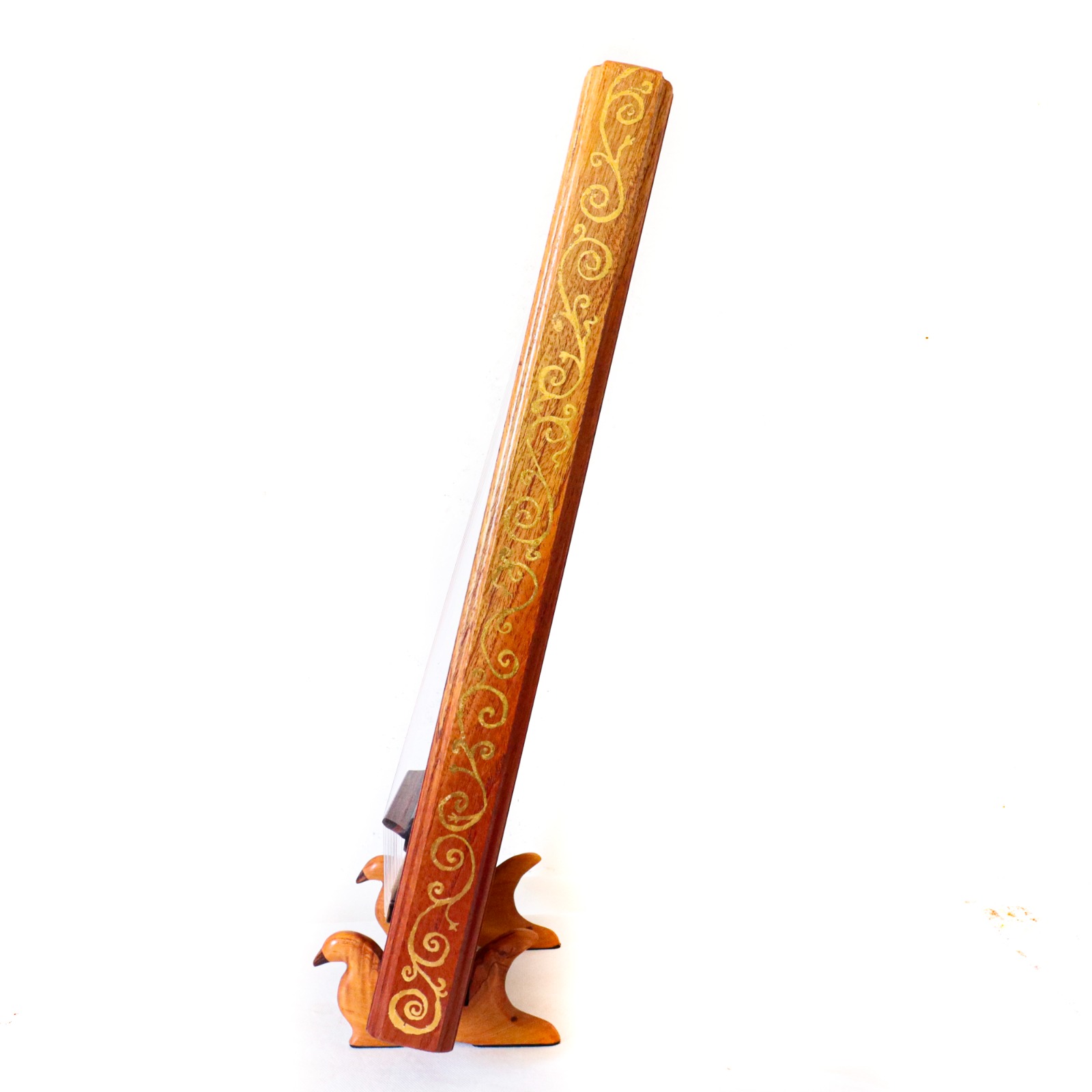As everyone must know by now, Minotaur Hotel is strongly influenced by ancient music and instruments. It's only fitting, after all, that a story based around mythology and different cultures coming together should take that to its soundtrack as well!
As such I'm always looking for (old) songs, which is an enjoyable enough process on its own that I might as well share it. Hopefully it can teach others to have some appreciation for the classics!
To kick this off I think it's only fitting to cover one of the greatest musical influences in the entire game: Lina Palera's performance of the Seikilos Epitaph.
Not only is this song central to the story of Minotaur Hotel, I find it impossibly fitting that it was performed with a recreation of the ancient lyre made by Luthieros. I will admit that, in large part, creating this thread is made with the goal of bringing some attention to their and Lina Palera's amazing work. You can check the comment thread below for more of their work.
Routinely I will post more songs here, both ancient ones reinterpreted and new ones played in old instruments. You are free to share your personal favorites as well, hopefully we can all learn a bit from each other.



